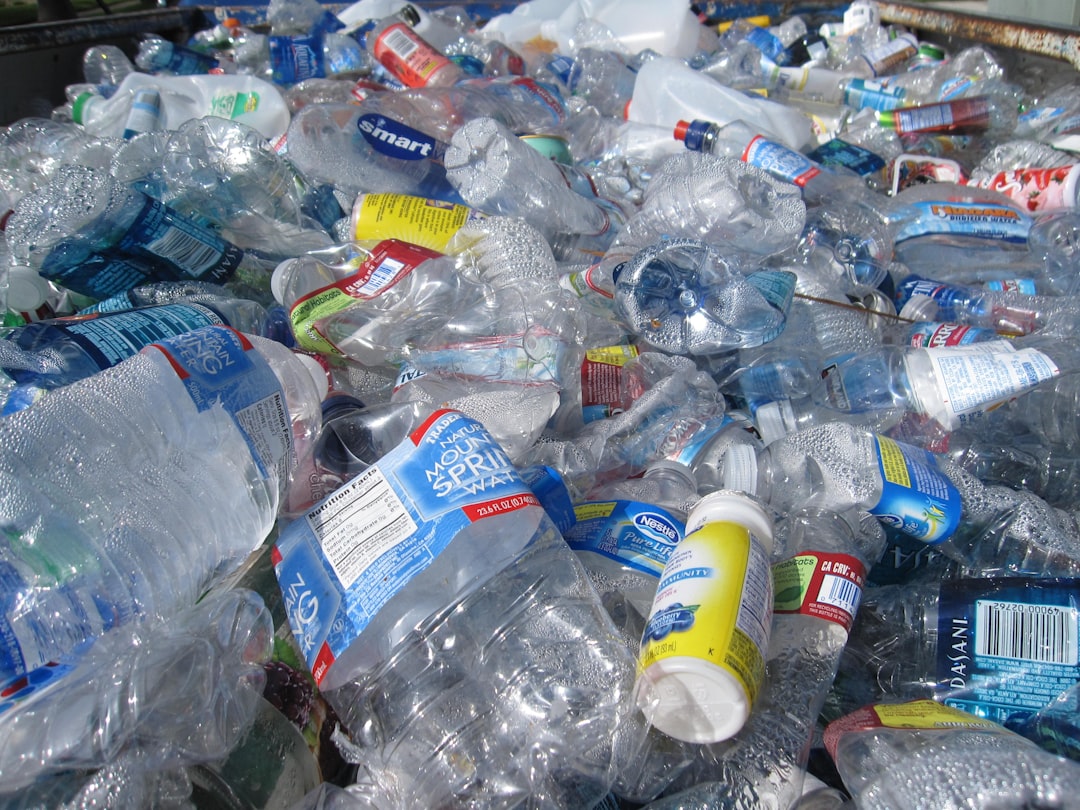What is it about?
We use atomic level modelling to investigate the partition coefficient of cholesterol between water and octanol (oil phase) using a new developed method. We compare three different models for water types and find that all the water models capture the correct behaviour (cholesterol is less soluble in water than octanol), the absolute values differ greatly. The method used here circumvents a number of issues that usually arise with these simulations due to particle-particle overlap. To do this, a cavity is initially grown in the solvent before the molecule is inserted and then the cavity is annihilated.
Featured Image

Photo by Eliška Motisová on Unsplash
Why is it important?
Cholesterol is an extremely important biological molecule and forms the basis of cell membranes. It is a relatively large molecule for atomistic-level simulations such as those in this paper, which is why it was chosen as an example for the calculation of relative solubility between water and oil (octanol). The relative solubility of large molecules is important in a wide range of fields, including drug discovery, the food industry and energy production. The ability to accurately model and calculate the relative solubility will lead to a reduction in time, money and environmental costs across the aforementioned fields.
Perspectives
This work is a practical example of the method developed previously in one of the other papers. It was exciting to take the method and apply it to a completely different problem.
Dr Charlie Wand
University of Exeter
Read the Original
This page is a summary of: Calculation of the water-octanol partition coefficient of cholesterol for SPC, TIP3P, and TIP4P water, The Journal of Chemical Physics, December 2018, American Institute of Physics,
DOI: 10.1063/1.5054056.
You can read the full text:
Contributors
The following have contributed to this page










